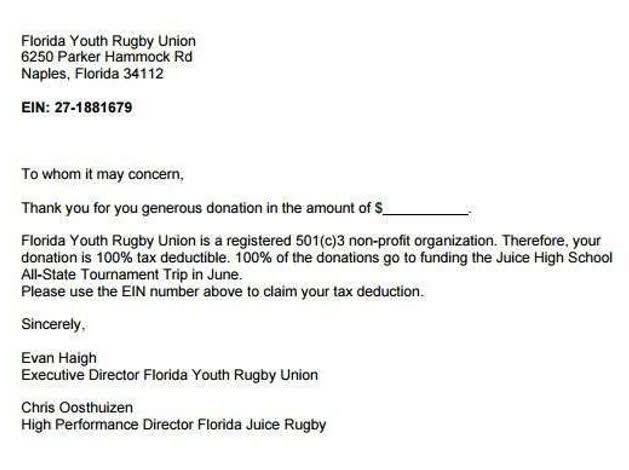
Examples of highly liquid assets include readily available cash in checking or savings accounts. Short-term investments like money market accounts or highly traded stocks can also be converted into cash relatively swiftly. In contrast, real estate, specialized machinery, or unique art pieces are typically considered less liquid due to the time and effort required for their sale. The organized structure aids in assessing a company’s financial health. It provides a quick overview of short-term solvency, indicating a company’s ability to meet immediate obligations by comparing current assets to current liabilities. This arrangement also offers insights into the long-term financial structure, showing how a company funds its operations and assets.
Why are liquid assets important for business?
Financial liquidity refers to the ease and speed with which an asset can be converted into cash without a significant loss in value. Cash itself is considered the most liquid asset because it is immediately available for use. Other assets are ranked based on how quickly they can be transformed into cash. In summary, liquidity scores are not just theoretical metrics; they have real-world implications across financial markets. Whether you’re an individual investor, a fund manager, or a policymaker, understanding liquidity is essential for making informed decisions. Remember that liquidity is dynamic and can change rapidly, so continuous monitoring is crucial.
Liquid assets to net worth ratio
The order of items in the balance sheet ensures clarity, transparency, and consistency in financial reporting. By organizing assets, liabilities, and equity systematically, the balance sheet provides a clear snapshot of a company’s financial position, supporting decision-making and fostering stakeholder confidence. Current assets are listed first, arranged in order of liquidity—how quickly they can be converted into cash.

Why Is Proper Asset Categorization Critical on a Balance Sheet?
Current assets are those expected to be converted into cash, sold, or consumed within one year or one operating cycle, whichever is longer. Order of liquidity is a financial concept that refers to the sequence in which assets are expected to be converted into cash or how quickly a liability is to be paid off. It’s often used in financial analysis and reporting to categorize assets and liabilities on a company’s balance sheet.

Application in Financial Statements
- Illiquid is just a fancy way of saying that you don’t have the immediate cash to meet a pressing need.
- A high turnover ratio suggests strong credit policies and efficient collections, while a low ratio may indicate potential cash flow issues.
- Carrying out checks like trial balances before finalizing the balance sheet helps avoid errors.
- Follow along for a comprehensive overview of the correct order of assets on a balance sheet and why it matters.
- This includes the total wealth and debts of the main company and its smaller companies.
- Without considering the quality of assets or how market conditions may impact liquidity, organizations may have a false sense of security.
Examples of such assets include long-term investments, prepaid expenses, deferred tax assets, and intangible assets like goodwill. While these assets may not be easily converted into cash, they still hold value and play a crucial role in the financial stability of a company. We will explore the importance of understanding the order asset liquidity order in which assets can be converted into cash, known as liquidity.


At the top of this ranking is cash itself, followed by cash equivalents, which are highly liquid investments with original maturities of three months or less, such as Treasury bills or commercial paper. Next come marketable securities, which are investments in stocks and bonds that can be readily bought or sold on public exchanges. Accounts receivable follow, representing money owed to the company by its customers for goods or services already provided. Liquidity is a fundamental concept in finance, referring to the ease with which an asset can be converted into cash without significantly impacting its market price. In simpler terms, it measures how quickly and efficiently an asset can be bought or sold in the market.
- However, an extremely high level of liquidity can also indicate inefficiency, as excess capital might be better used for business growth.
- There are two types of liquidity – market liquidity and accounting liquidity.
- Most liquid are cash and cash equivalents, including physical currency, bank balances, and highly liquid short-term investments like U.S.
- Financial analysts closely monitor the liquidity position of a portfolio, analyzing the proportion of marketable securities to assess the overall liquidity risk and make informed investment decisions.
- In general, the more liquid an asset is, the less its value will increase over time.
Cash and Cash Equivalents
While these assets are highly liquid due to their active trading in the secondary market, their liquidity may be influenced by factors such as trading volume, market depth, and prevailing market conditions. Blue-chip stocks and government bonds are often considered more liquid than securities of smaller companies or lower-rated bonds. This arrangement helps users like investors and creditors quickly assess a company’s short-term financial health and its capacity to meet immediate obligations. For example, a company with ample highly liquid assets relative to its short-term debts is viewed as financially sound. In the United States, Generally Accepted Accounting Principles (GAAP) guide this presentation, ensuring consistency and comparability across financial reports.
- Here are a few examples of liquid assets held by both individuals and businesses.
- Therefore, cash is always listed at the top of the asset section, while other types of assets, such as Property, Plant & Equipment (PP&E), are listed last.
- Assets with high liquidity are usually cash, accounts receivable, and short-term investments.
- Upon termination of the lease, such improvements normally become the property of the owner.
- For most companies, these are four of the most common current assets.
Liquid and Non-Liquid Markets
Financial statements must be generated with specific line items that create transparency for interested parties. One of these statements is the balance sheet which lists a company’s assets, liabilities, and shareholders’ equity. In the world of finance https://patriciaalvespsi.com.br/multi-step-income-statement-an-in-depth-financial-2/ technology, using advanced software helps a lot with balance sheet management. This is because it makes accounting tasks quicker and much more accurate. More and more, financial experts are using powerful software to handle complex numbers and maintain precise financial records.

Examples and Explanation
For example, a Utility company typically bills clients a certain number of days after they have received electricity. Let’s take a deep dive into each Asset to get a better understanding. To ledger account make the usability of the Balance Sheet better- Accountants further GROUP these assets into Current Assets, Long Term Assets and Intangible Assets. Assets are resources that a business owns that are expected to provide some future economic benefit to the business. Get access to quizzes, exams, progress tracking, and more with your Saylor Academy account.
